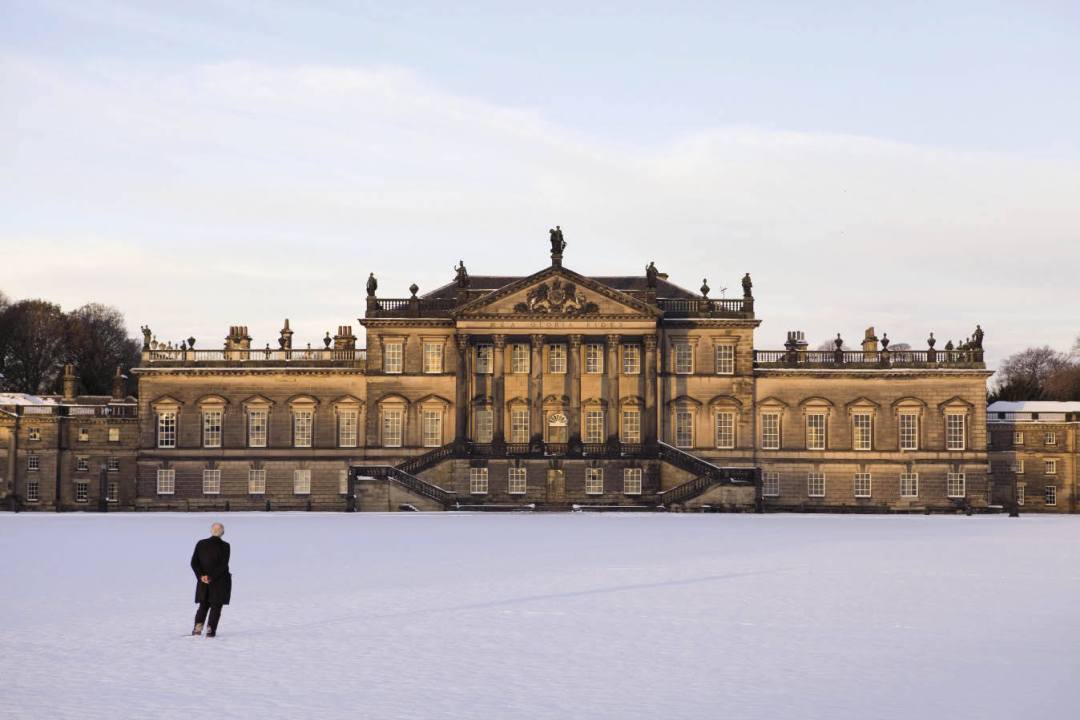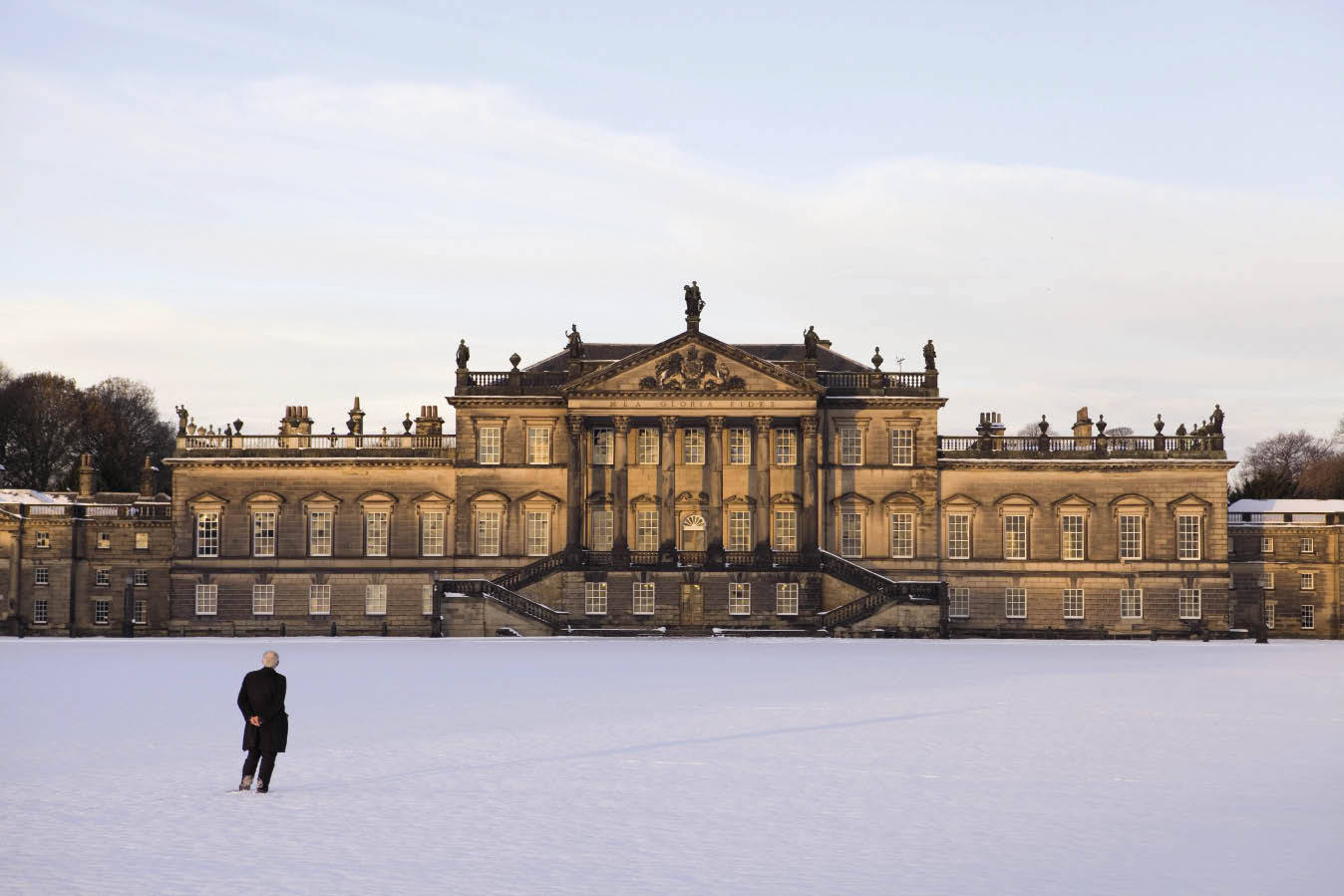Will it ever end? The romantic interest in the architecture, history and life lived in the country house is as alive today as it was in 1978, when Mark Girouard wrote his seminal Life in the English Country House. There are now some three million members of the National Trust — guardians of the flame of country-house life that still just flickers in its teashops. The path to an instant peerage is along the passages of the imaginary Downton Abbey, and feudal splendour is still the dream destination of hedge-fund millionaires. How much is the dream driven by aesthetics, how much by nostalgia and how much by a fascination with social history?
These two very different books explore the phenomenon by focusing on a few specific houses — 16 of them; many of them have never been covered in any detail before.
The Knight of Glin and James Peill have collected together ten Irish establishments that, despite the troubled history of the country, have remained in the hands of the original families. The latter tell a tale of the struggle to survive in houses that were described by a member of the Irish Dail in the 1940s as the, ‘tombstones of a departed ascendancy’. These are largely houses with only a few hundred acres of demesne land, but they represent a distinctive Irish architectural development, from defensive castles to relaxed classical mansions, sometimes partly concealed by a Gothick cloak of baronial detailing.
The authors write beguilingly and their easy words are well served by the very special quality of James Fennell’s photographs. His family home, Burtown House in County Kildare, features in the book. It is one of those small, perfect Georgian country houses built early in the 18th century, bow-windowed and enhanced by naïve classical plasterwork.
Clearly influenced by his agreeably cluttered home, Fennell’s lens lingers on faded chintz, family photographs and rooms where you feel you could easily sink into an ancient armchair and enjoy the smell of a peat fire. But behind the splendid dilapidation lies the sheer effort required to keep these establishments going, in a country where the economy has collapsed and the Celtic tiger is in retreat. Glin Castle exemplifies these houses’ struggle towards recovery, and the Knight powerfully airs his concern for their long-term future in this evocative and beautiful book.
Dan Cruickshank’s learned work accompanies a BBC television series beginning in May. He studies and unveils six houses that are privately owned and not open to the public, starting with the Elizabethan South Wraxall and ending with Lutyens’s 20th-century Marshcourt. There is one house which appears in both of these books, and that is Clandeboye in Northern Ireland — a very special place that encapsulates the history of the British empire at its 19th-century peak through the extraordinary achievements of the first Marquess of Dufferin and Ava.
The BBC series makes the case that Britain has some of the most visually compelling private country houses in the world. Cruickshank’s aesthetic antennae are especially excited by English Georgian architecture, and his chapters on Nicholas Hawksmoor’s relatively secret Easton Neston in Northamptonshire and the amazing Wentworth Woodhouse in Yorkshire skilfully explain both the political and architectural significance of English Baroque and the rise of Palladianism. Wentworth Woodhouse, probably the largest Georgian house in England, has been a deep secret for years, and Cruickshank rightly describes it as both sublime and tragic, with a very uncertain future.
He is equally eloquent about the home of the present widowed Marchioness of Dufferin and Ava at Clandeboye in Co. Down, which contains the collections and papers of the man who was one of the most powerful creators of the British empire. The first Marquess was Governor General of Canada and Viceroy of India and served as a diplomat in Istanbul and St Petersburg. He was an explorer and collector, and there cannot be many collections of imperial memorabilia that are so little known and so intact. You walk on the skins of the tigers he shot in India, glide past the Narwhal tusks he rescued, and converse among his Canadian stuffed bears in a hall lined with Burmese armour. Clandeboye’s fate is also uncertain, as Cruickshank points out, and the case is made for a sensible plan to secure the future of this house as a centre for the study of imperial history.
Cruikshank’s fascinating book is an eloquent advocate for history (rather than anodyne ‘heritage’) as encapsulated in these houses. It is refreshing in its enthusiasm, and makes a fervent plea for families, wherever possible, to remain the true, continuing and discriminating protectors of our national inheritance.






Comments